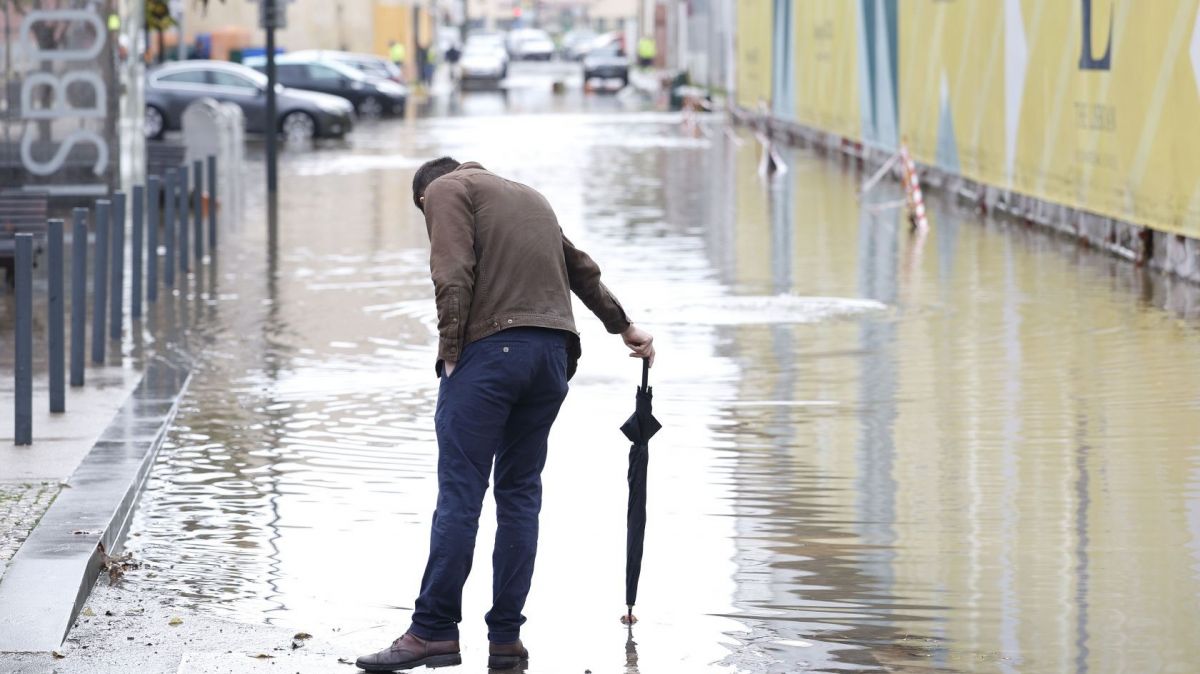The development of the intervention plan is based on a technical and financial collaboration protocol between AML and the Portuguese Environment Agency (APA), which was approved by the Lisbon Metropolitan Council, the metropolitan decision-making body, made up of all the presidents of the 18 AML Chambers.
“The action plans must allow the determination, prioritisation and selection of interventions with great relevance, scope and operational viability within the scope of adaptation to floods and inundations”, revealed the AML, highlighting that the interventions will take into account an “integrated vision of the territory at the inter-municipal level”.
Among the objectives of the interventions to be developed is the increase in the protection of people and property, through the reduction of flows and flood runoff height, “using green and more durable solutions”.
According to the protocol, it is also intended to achieve improvements in prevention, through the “ordering and use of land that increases the retention and infiltration of flows and possible relocation of buildings and infrastructures”, and the development of recovery capacity, “with the creation conditions for rapid restoration of normality after the occurrence of extreme events”.
The objectives also include greater preparation of civil protection systems, with the creation of “forecasting and warning systems, emergency planning and public awareness”.
The AML recalled that the floods and inundations observed in December 2022 and January 2023 affected 10 of the 18 municipalities in the metropolitan area, namely Almada, Amadora, Cascais, Lisbon, Loures, Odivelas, Oeiras, Seixal, Sintra and Vila Franca de Xira, recording damages “that exceeded 500,000 euros per municipality”.













